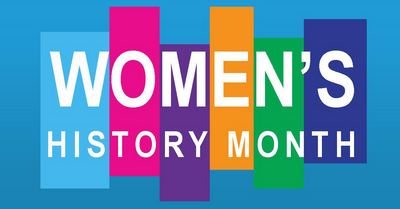The month of March every year is designated as National Women’s History Month. Whether you want to celebrate Women’s History Month through literature study or inquiry into the lives of real women, these resources can get you started:
Talking about Books: Strong Female Characters in Recent Children’s Literature
In this article, the authors share criteria for evaluating female characters as positive role models in children’s literature and share novels and picture books that meet these criteria.
Literature as a Catalyst for Social Action: Breaking Barriers, Building Bridges
In this ReadWriteThink lesson plan, students are invited to confront and discuss issues of gender and racial injustice by reading a variety of fiction and nonfiction texts.
A Framework for Choosing Topics for, with, and by Adolescent Writers
This article describes a unit that begins with the reading of picture books in the context of women’s history month and results in the final product of a historical fiction picture book profiling a woman who made significant contributions to her community.
Mothers and Daughters: Sharing Our Stories, Sharing Our Lives
As part of a junior-senior elective course, the author’s students complete a mother-daughter unit that includes nonfiction, fiction, poetry, oral history, and film. The culminating project is an extensive interview each student completes with her mother.
From Friedan Forward — Considering a Feminist Perspective
Combining letter writing, potential publication, and the power of perspective, this activity from ReadWriteThink challenges students to think about how opinions on topics such as feminism develop and change based on such things as age, experience, time, and place.
Feminist Social Projects: Building Bridges between Communities and Universities
In this article, the authors call for tying service learning to feminist agendas, emphasizing civic activism involving true collaboration with communities.
How will you recognize National Women’s History Month in your classroom?

